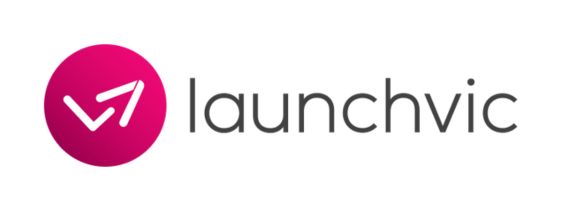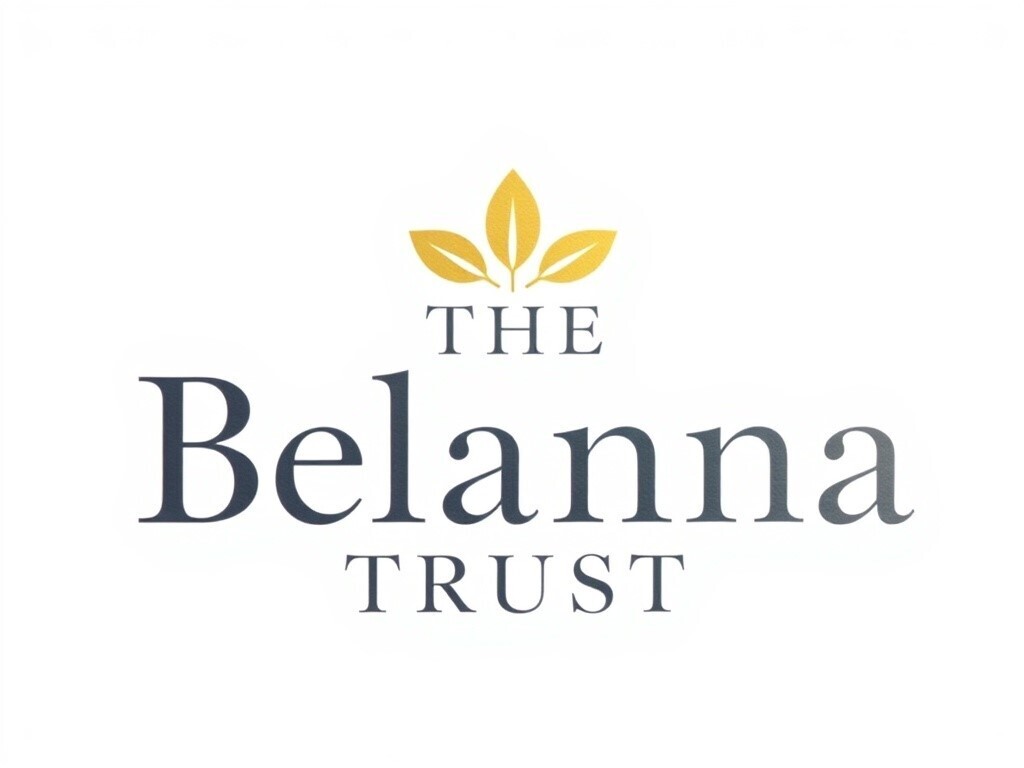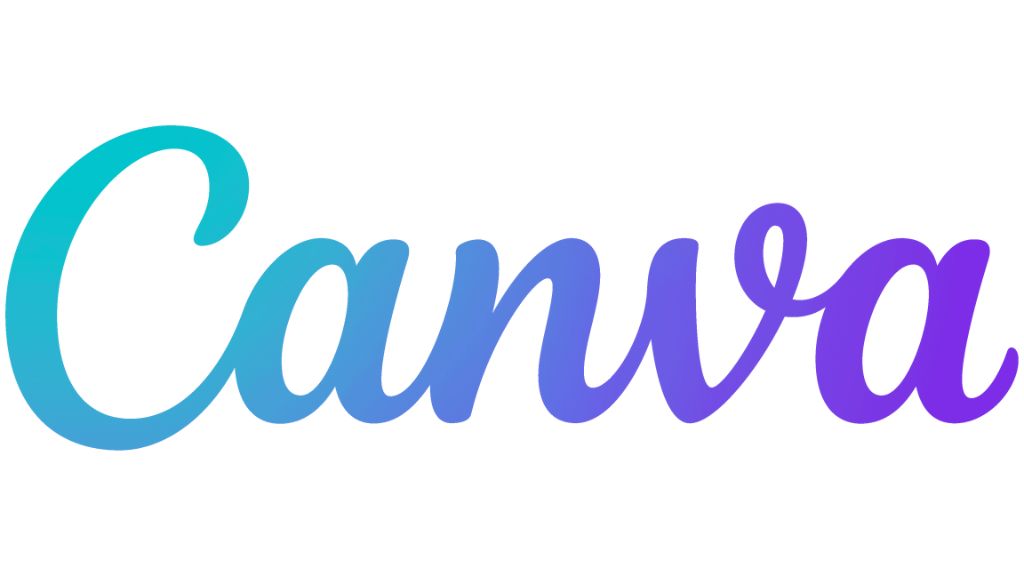Mat Bowtell - From Toyota Engineer to Assistive Tech Pioneer
You can also stream this episode on Spotify or Apple Podcasts.
Episode Transcript
To access a transcript of this episode click on the drop-down button below.
[00:00:00] Voice Over
We would like to acknowledge the traditional owners of the lands on which we record this podcast. The Gadigal people. This is their land, never ceded, always sacred and pay respects to the elders past, present, and emerging of this place.
[00:00:16]
(Bright, uplifting music with electronic beats and cheerful synth melodies.)
[00:00:17] Voice Over
Coming up on Remarkable Insights
[00:00:19] Mat Bowtell
Particularly those machines, even 5 years ago, to print these materials would have been worth half a million dollars but today those machines you can buy for $800 or $900
[00:00:30] Kate:
How do you go from being a Toyota engineer to creating 3D printed prosthetics for free to people all over the world? Today we explore that remarkable shift.
Hi, I'm Kate Jenkins and on this episode of Remarkable Insights I'm joined by Matt Bowtell, founder and CEO of Free 3D Hands. I recently had the absolute pleasure of getting to know Matt during a two day workshop with some of our remarkable startups. And now it's your turn. Thank you so much for being part of this Remarkable Insights podcast, Mat. Like really, really thrilled to have you here. I want to start by asking you, can you tell us about how you made the leap from Toyota engineer to creating 3D printed prosthetics?
[00:01:10] Mat Bowtell
Well, it was back in 2014, actually that we were all called into a room, two and a half thousand employees. And we knew there was some big announcement and we were called in and told that the automotive industry in Australia would be closing down, that Holden, Ford and Toyota would no longer be making cars in Australia. And after working there for 10 years as an engineer, it was a real opportunity for me to really reevaluate my life and what my purpose was. And being given that three and a half years to make up my mind was I think a real blessing and had some incredible support from Toyota to really work out what those next steps were. And really for myself, I really just visited all of those times in my life where I had this fire in my belly. And one of those moments was when I was studying, still studying to be an engineer and I was sent through Monash over to Japan to study on a scholarship for one year in mechatronics, so studying a lot of robotics. And at that time I had the opportunity to trial a $1 million bionic car. And as a young 24 year old, I just thought this is incredible technology, but it also had a price tag of about a million dollars they estimated. And, and I was completely amazed by the technology but at the same time, I was quite sad that that arm would probably never leave the lab as a lot of technology does, it gets developed, but it never really makes it to the people that need it the most. And even if you reduce that price from a million dollars down to a hundred thousand dollars down to ten thousand dollars down to one thousand dollars, it probably wouldn't reach the people that need it the most. You know, the World Health Organization estimate that, you know, in the world today, 90% of people can't access or afford assistive technology. And, you know, in some countries, in some less developed countries, that can be even 97% of people without access. And you know, during this time of, you know, the wind down of the automotive industry, I really just wanted to, to explore how, you know, through the skills that I had acquired as an engineer at Toyota as a lean engineer, which is reducing waste from processes and making processes more efficient and all of those skills that I had acquired, is there a way that we can get assistive technology down to a cost, a manufacturing cost, that would make it accessible to everyone on the planet.
[00:03:46] Kate:
When you started and you made that decision, I mean it's so clear what your vision was. I want to ask how you made that decision to make free 3D hands a not-for-profit as opposed to making it a social enterprise?
[00:04:05] Mat Bowtell
Always in my mind I felt that here in Australia we're an extremely privileged society.
Our NDIS, it does have its flaws, but again, it's probably one of the best systems in the entire world, right? Predominantly, people do get supported, but in most countries, that's not the case. We really are the very very lucky few, if you're talking percentages of people on the planet. I just feel that the people that can't afford it, it doesn't matter what you charge, they're not going to be able to afford it.
Even if you went to governments and said, hey, fund us and we'll provide the devices for free. Those governments don't have health systems because they don't have the money to. And so I felt like it has to be free to a large portion of people on the planet. And from a personal perspective, for me, I feel like if we charged $10, for example, for one of our devices, or just paid, you know, just charged for the postage to get a device across the world to us, then the value of that device would only be $10. But when we provide it free of charge with no expectation of reward, then it becomes priceless.
[00:05:19] Kate:
Yeah absolutely. I mean technology is really rapidly evolving. What advancements in 3D printing or other tech excites you? Like, how do you think it will shape the next generation of assistive devices?
[00:05:32] Mat Bowtell
Well, 3D printing alone has come along so far. Even in the last 10 years that I've been involved with it. Machines were very small, very expensive, and the materials that they could print out of were very limited. But it's at a point now where the machines are coming to a point that it's a third of the cost of a laptop, right? They're super fast, they're four or five times faster than the printers that were around even three or four years ago. And the materials that you can print out of are industry-grade engineering materials. So we 3D print parts out of PA12 nylon with carbon fibre reinforcement and to make them super light and super strong. The same materials that are being used in the orthotic industry are now available at the consumer level, which typically those machines, even five years ago, to print these materials would have been worth half a million dollars. But today, those machines you can buy for $800 or $900. So it's a very exciting space and with the AI integration into those machines as well to reduce the level of defects and improve quality.
[00:06:43] Kate:
And are those 3D printers also available in these low income countries, in regional places?
[00:06:50] Mat Bowtell
Yes, and even if they're not, 3D printers themselves are very, very simple machines. There's a hospital in Thailand that are making our devices for a leprosy colony. And they actually built their own 3D printers out of aluminium extrusion. The advancement in 3D printing is not from a mechanical perspective, it's from a software point of view. It's the ability to generate the 3D printing file that would have taken millions of lines of code, right, to be able even make the palm for one of our designs. This art, for example, our kinetic art. The amount of lines of code the machine needs to be able to make that would be probably 10, 20, 30 million lines of code, right? It can generate that in two seconds. And so I think it's the limitations aren't in the technological side, you can build a very, very low cost machine that can still output the same level of quality. And the materials are very universal as well.
[00:07:53] Kate:
So for a non-technical person, if there are others out there, not just me, that means when you share, when you're saying open source code, you're sharing code that could be 10, 20 million lines of code, that make that available for others to use.
[00:08:13] Mat Bowtell
So on this kinetic arm design, I'll just quickly share this design. So we just shared this design last month and this is a body powered device. So to use a small amount of elbow motion to open and close the hand and then this wrist can retract the arm to move to different positions as well and then lock as well once it's grasping the wrist is able to lock. The material cost of this is about $20 and by sharing that others are able to make it at that cost. So sharing the design is one thing. So that was about 4,000 hours of development, over the last two, two and a half years. But then over the last four months we put together this kinetic arm assembly manual. And that is 247 pages of all of our IP, all of even how to tie knots correctly, how to scale our devices to the correct size. All of these appendixes, how to use the software, how to scale these things to the correct size to fit. So for us, it's all about sharing those learnings with people that's really, really important, just as important as the design is for someone to take that away and go, actually, I found a better way to do that and to then advance the technology to advance the field.
[00:09:31] Kate:
Well, I'd love to know about the size of impact you've already had because I know that you measure, well, you know how many downloads you perhaps had or how many kinetic hands that you've sent out. What is the size of the impact that you've had so far?
[00:09:49] Mat Bowtell
In terms of direct support, we've sent thousands of devices to, I think it was 31 countries. The last time we checked, which was about six months ago. But you know, as you say, with even the kinetic hand design, 10,000 people are now making it around the world. We'll never fully understand the total impact of that. We estimate, I think it was we estimated about 20,000 people globally that we've been able to support. But our target for the next five years is to be able to further support these other groups globally, to try and have a reach of a quarter of a million people in the next five years.
[00:10:27] Kate:
Matt, you are leaving more than ripples. Your legacy is great tsunami-sized waves. Like, this is incredible what you're doing. And I can't wait to see what's next. If anyone wants to support you, we'll make sure that we share the details in our show notes, because free 3D hands is one to watch. Finally, I just want to ask you and leave our listeners with a question that we ask everyone. So could you please leave our listeners with a remarkable insight about disability technology or innovation?
[00:11:06] Mat Bowtell
Look, you know, at Free3D Hands, and I know there are very opinions on this, but we don't actually use the word disability. We use the word different ability because fundamentally I believe that we're all born very different, with different abilities and beautifully unique in our own way. And the reason I don't like the word disability itself is because it has a negative connotation to it, you know, the dis, as if people with disabilities are almost need to be fixed, or pulled up to normal. But there's no such thing as normal. We're all differently abled and have our own beautiful, unique abilities. But it's about lifting people from this different version of normal to allow them to grow and to be the best that they can be, in their own beautiful and unique ways. And so for us providing devices to people around the world, it's a celebration of difference. And if there's anybody out there who are able to support our research and development and help us to continue growing this vision, it would be much appreciated in helping in any way that they can.
[00:12:19] VO:
The full interview with our guests can be found in the link below where you press play on this podcast, our show notes. Make sure you subscribe or hit follow to not miss another remarkable insights episode.
Episode Overview
Meet our Guest
After working as an engineer at Toyota for over a decade, Mat was made redundant as part of the Australian automotive industry closure in 2017. Mat decided to utilise his redundancy payout to found a charity called Free 3D Hands, which designs and 3D prints hands and assistive devices for people with limb differences. Devices are provided free of charge, to children and adults all around the world- they even pay the postage! Mat freely shares his designs under open-source licenses so that others can make and repair their own devices, and to encourage further innovation in this field. Mat's goal is to significantly bring down the cost of assistive technology to help the 90% of people globally who currently cannot access or afford it.
Video Highlights
Check out some of the highlights of this episode of the Remarkable Insights podcast, now featured in our captioned video reel!
Key Quotes
Below are some of the key quotes that capture the essence of our discussion:













